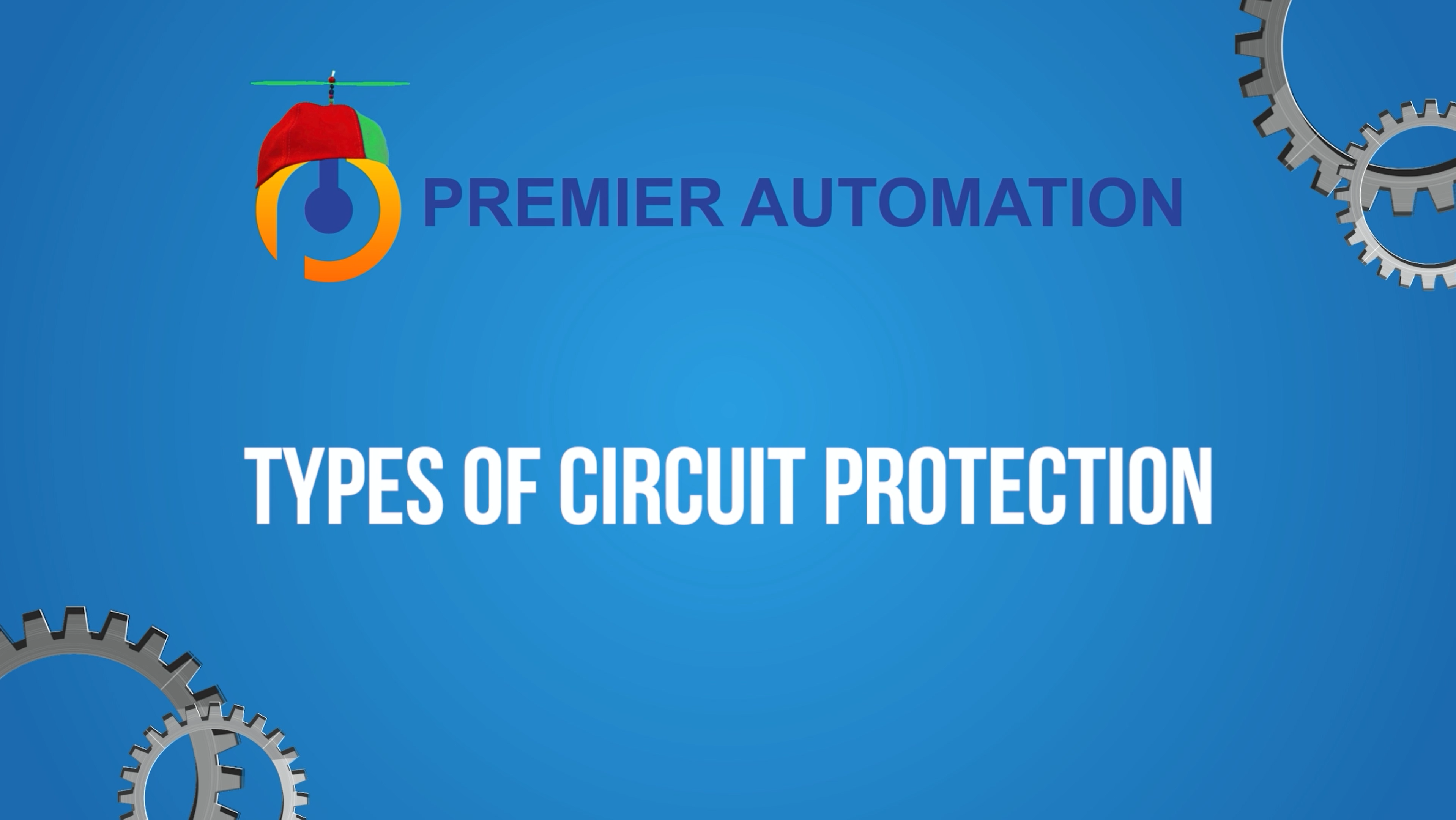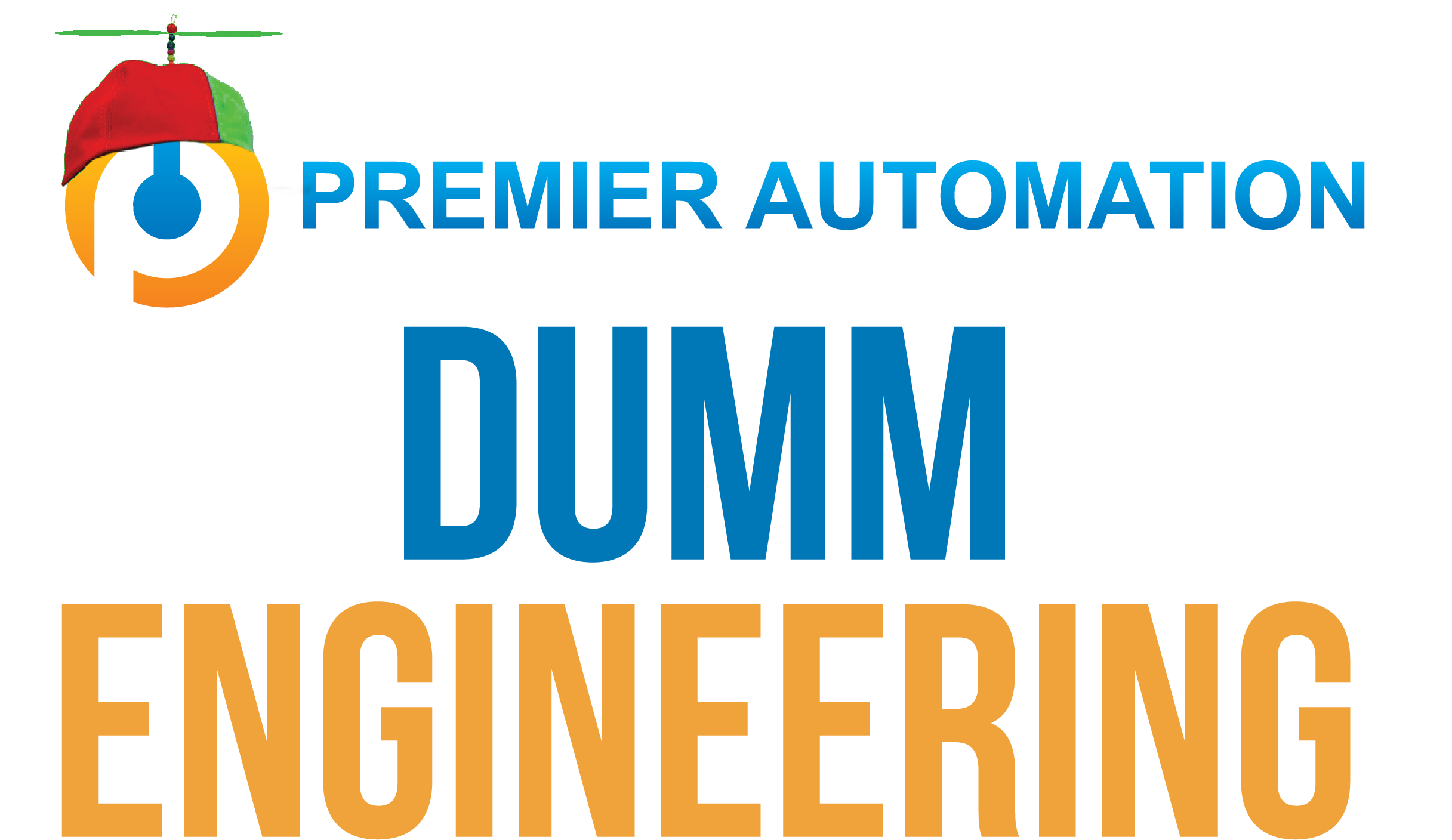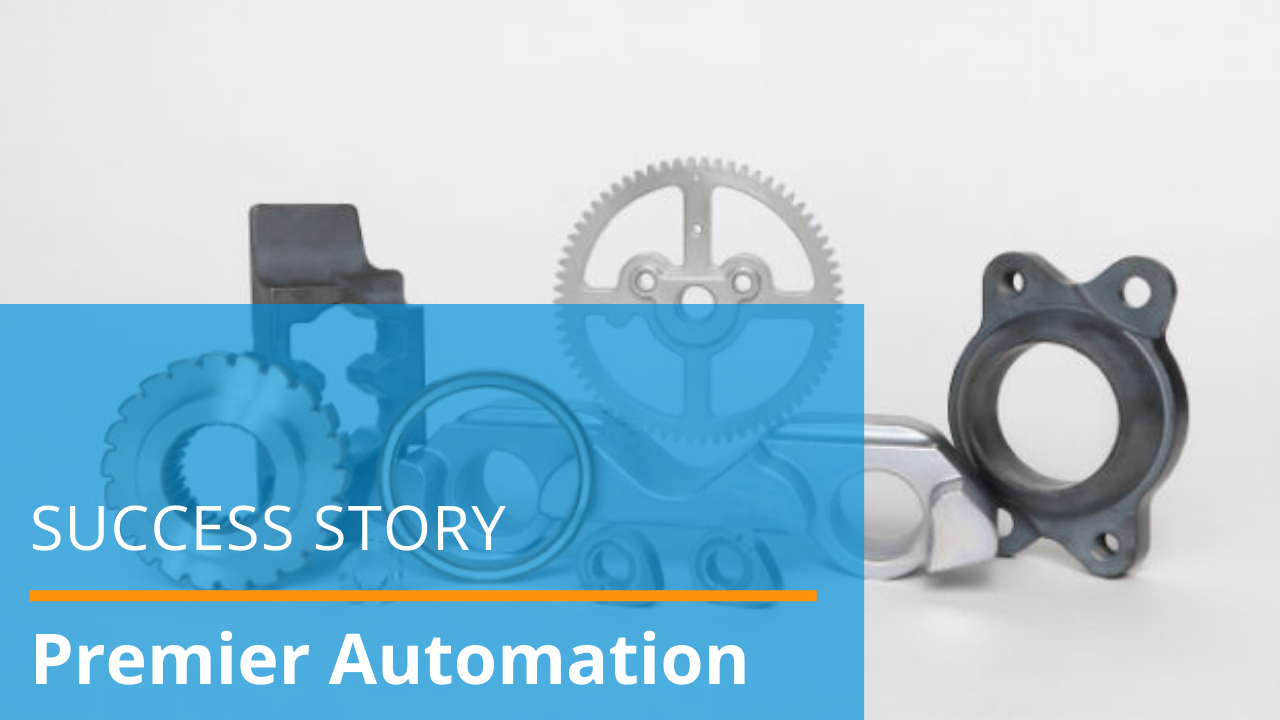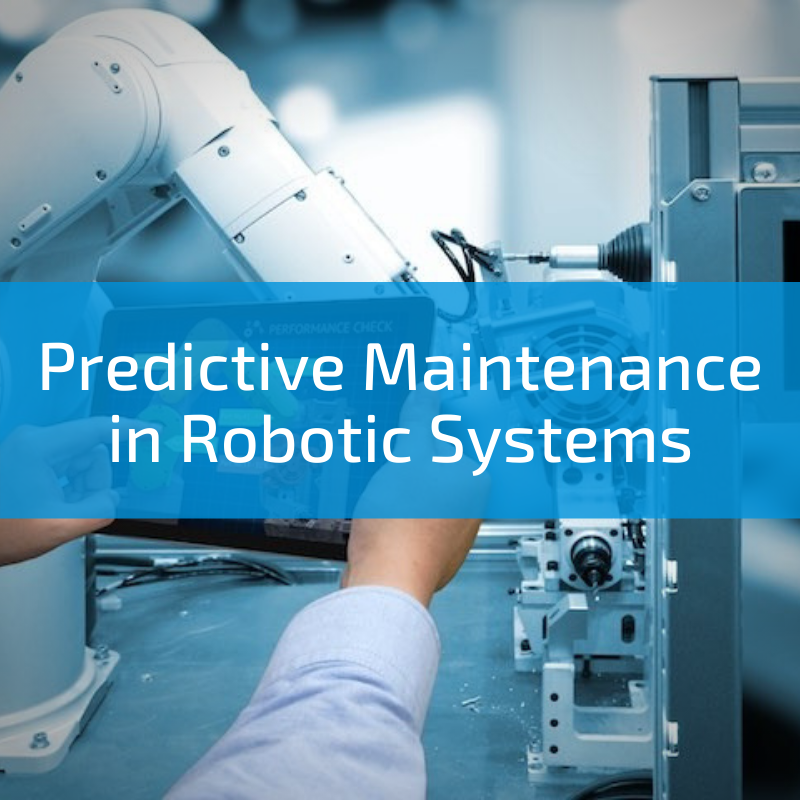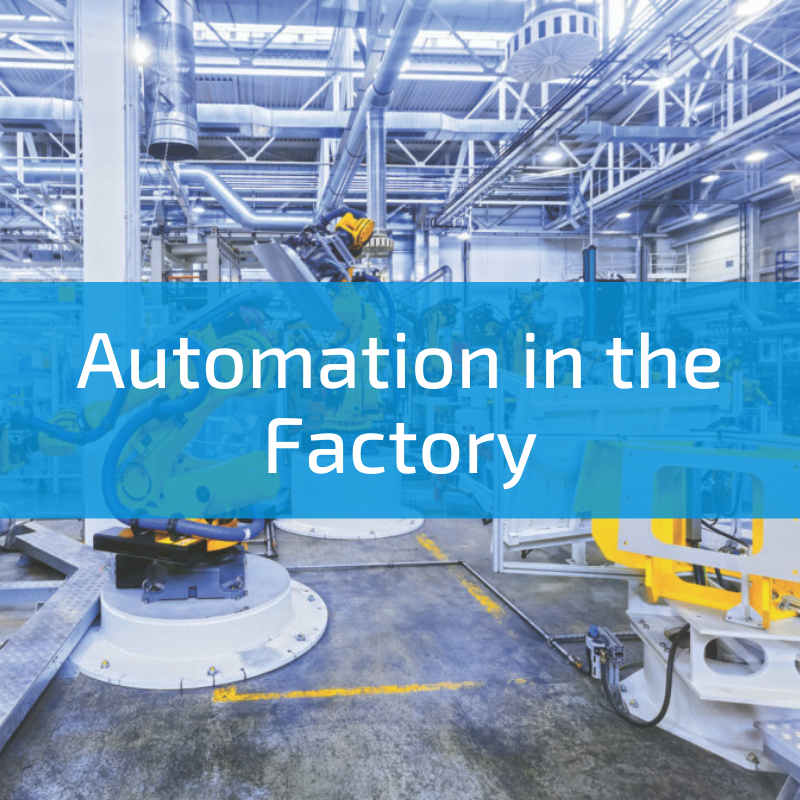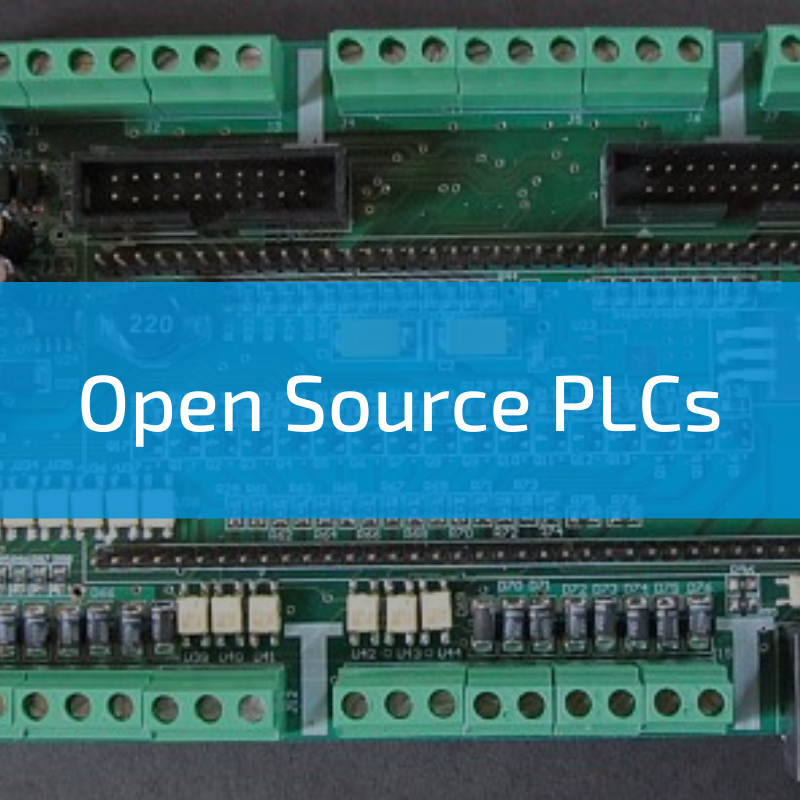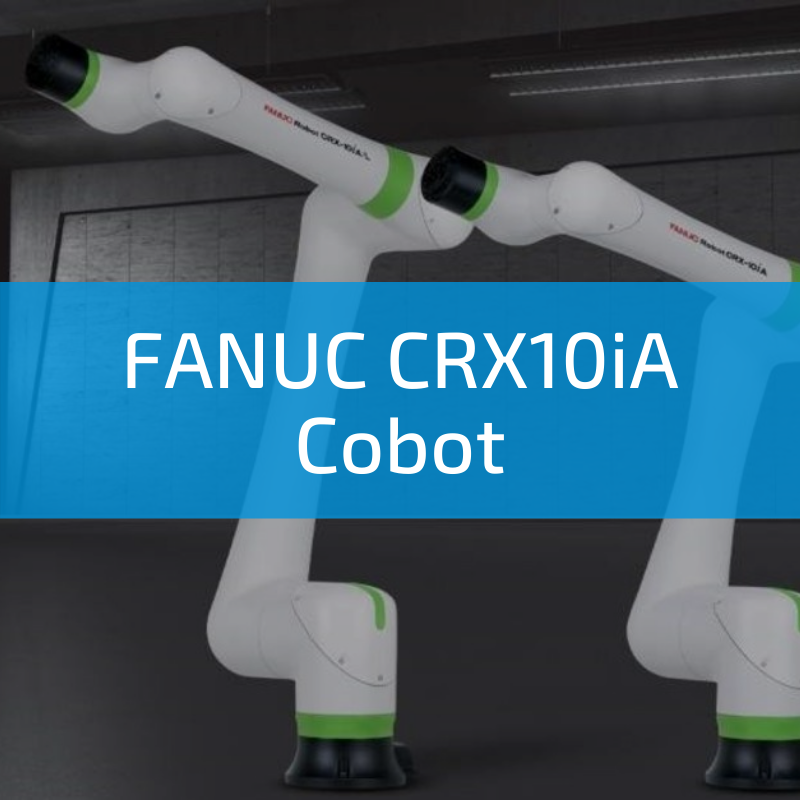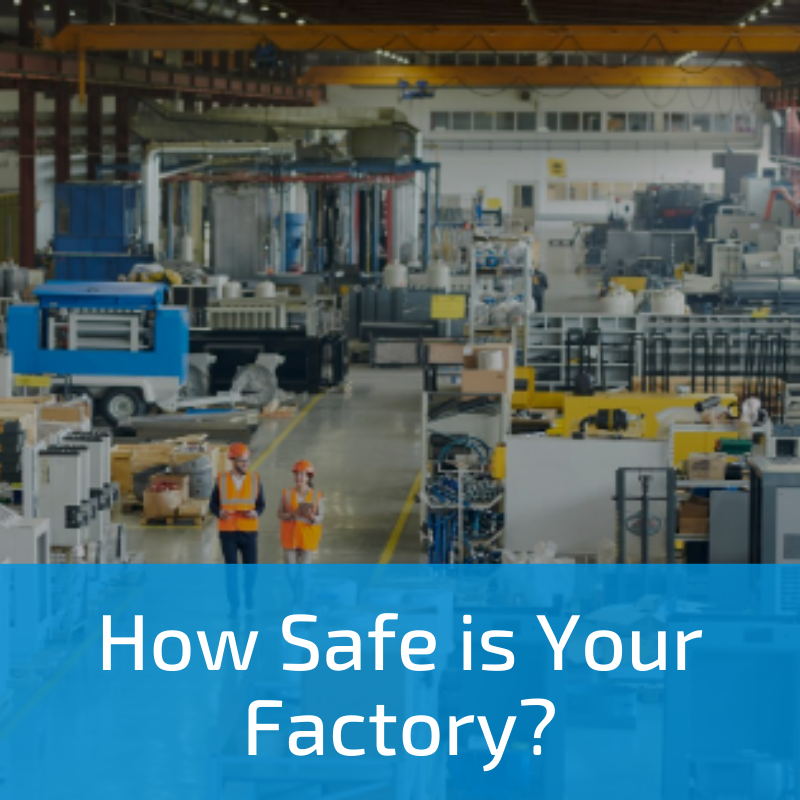Circuit protection should always be used to prevent damage to systems in the case of a power surge or a short circuit. Buildings have breaker boxes that help protect and distribute power. Plug strips and other devices fed from these breakers have their own protective components to provide local control and protection for the devices plugged into them. In control panels, protective devices are usually the first device in the circuit. Power is then safely distributed to all other components in the system, and there are usually smaller protective devices further on in the panel for protection of specific devices. There are different types of protection for different loads and applications.



